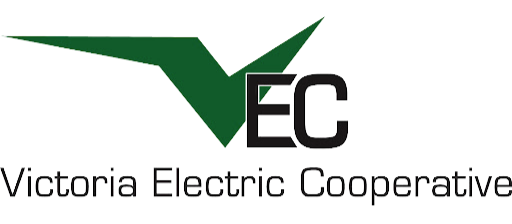Outage And Storm
Outage and Storm Center
Keeping our members informed before, during, and after an outage.
Victoria Electric Cooperative works year-round to make sure we’re ready to respond to outages. When severe weather is predicted, our trucks are stocked, and our crews are prepared to mobilize in the event of a power outage. Back at headquarters, our team monitors our system 24/7, so if your power goes out, we can start working immediately to get you up-and-running again. The Outage Center will keep you up-to-date on any current outages.
To Report A Power Outage - 24 Hours A Day
Please Call (361) 573-2428
Outage Information Hotline
Please Call (361) 582-5555
Follow Us on Facebook
Get severe weather and outage updates in your social media feed.
The Four Steps To Restoring Power
Power Restoration Process
When the electricity goes out, most of us expect power restoration within a few hours. But when a major storm causes widespread damage, more extended outages may result. Co-op line crews work long, hard hours to restore service safely to the highest number of consumers in the shortest time possible. Here’s what’s going on if you find yourself in the dark.
When an outage occurs, line crews work to pinpoint problems. Download Infographic
- High-Voltage Transmission Lines - Transmission towers and cables that supply power to transmission substations (and thousands of consumers) rarely fail. But when damage occurs, these facilities must be repaired before other parts of the system can operate.
- Distribution Substation - Each substation serves hundreds or thousands of consumers. When a major outage occurs, line crews inspect substations to determine if problems stem from transmission lines feeding into the substation, the substation itself, or if problems exist down the line.
- Main Distribution Lines - If the problem cannot be isolated at a distribution substation, distribution lines are checked. These lines carry power to large groups of consumers in communities or housing developments.
- Tap Lines - If local outages persist, supply lines, called tap lines, are inspected. These lines deliver power to transformers, either mounted on poles or placed on pads for underground service, outside businesses, schools, and homes.
- Individual Homes -If your home remains without power, the service line between a transformer and your residence may need to be repaired. Always call to report an outage to help line crews isolate these local issues.
Download Hurricane Tracking Map

